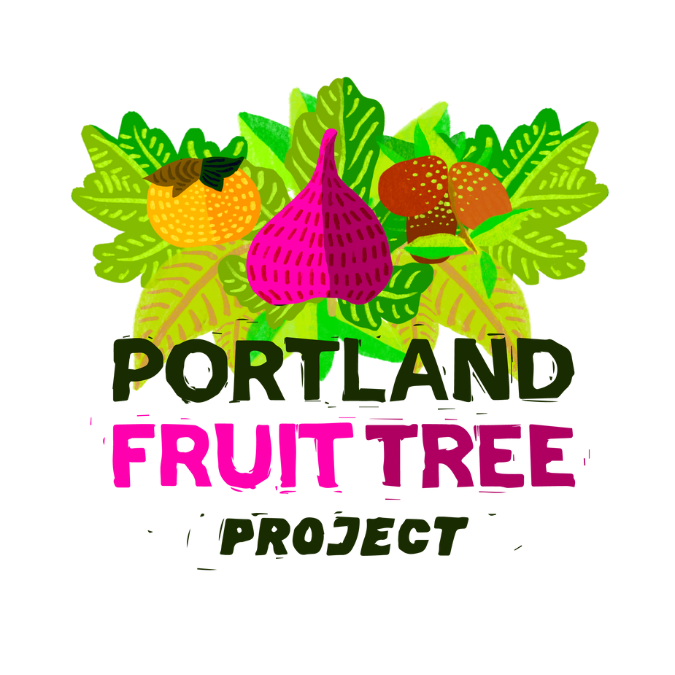Elderberries - You picked them. Now what?
Post sponsored by Welcome to PDX Real Estate Agent, Deb
〰️
Post sponsored by Welcome to PDX Real Estate Agent, Deb 〰️
Elderberries - What are they?
There are several types of Elderberries, including one that is native to North America. Elderberry is a shrub that can grow from 10-20 feet high and is widely believed to have medicinal benefits. The berries and flowers of elderberry are packed with antioxidants and vitamins that may boost your immune system. They could help tame inflammation, lessen stress, and help protect your heart, too.
It is abundant in the city but it is quirky AND… potentially dangerous. Let’s learn more!
European elderberry (Sambucus nigra ssp. nigra)
When & how to Harvest
Blue elderberry (Sambucus nigra ssp. cerulea) is native to the western United States and when ripe will be blue with a dusty look to it. They are ready to pick once they achieve that blue color.
American elderberry (Sambucus nigra ssp. canadensis) and European elderberry (Sambucus nigra ssp. nigra) are both going to look like the image above and for most folk who didn’t plant the plant themselves and know for sure, these two will look pretty much the same and the “Average Joe” won’t be able to tell the difference. As such, we’ll treat them the same!
Red elderberries are much easier to identify since they’re bright red, BUT, they can be pretty toxic, so our recommendation is to not eat them and leave those friends (fiends?) for the birds.
Harvest clusters of berries when ripe - they’ll have a deep rich color. The entire bush won’t ripen at the same time, so plan to harvest a few times.
Safety:
Elderberries contain toxic compounds called cyanogenic glycosides. They can make you sick if you consume the berries raw, so be sure to process them correctly and NO SNACKING!
Unlike many other fruits/berries, elderberry isn’t consistently high acid, which means you can’t just make jelly out of it willy nilly. Be sure to follow an approved recipe. We’ll make recommendations below. Alternately, dehydrate or freeze these berries.
what do they taste like?
Elderberry has a tangy, earthy flavor and is believed to have a variety of health benefits. Often they are made into a syrup or dried.
There is only one approved jelly/jam recipe for canning due to the dubious pH of these berries, and it is very high in sugar. You can find the recipe with OSU extension in publication EM 9446. If you want to make freezer jams, fruit leather, or other products, just be sure to cook and handle the berries properly to avoid getting sick.
***Remove stems and leaves prior to processing, since they contain higher levels of toxins.
Are you new to canning, but want to learn? Join an upcoming canning workshop!
How to Store
Elderberries are pretty fragile, so get them refrigerated quickly after harvest, or if you’re not ready to process them (we like to wait til we have all of them harvested, so we can process them all at once), freeze them! Properly frozen berries will hold for several months to a year.
Do you have extra and need help?
Talk to your neighbors! It’s a great way to meet them and you can share your abundance hyper locally!
Donate it through Portland Fruit Tree Project’s Fruit Fridge! Harvest and drop off at your convenience and we’ll get it all used up!
Can’t harvest it? Register for us to come harvest for you!
Take the next step with Portland Fruit Tree Project!
This content was generously supported by:

Are you interested in sponsoring Portland Fruit Tree Project content? Send us an email!

